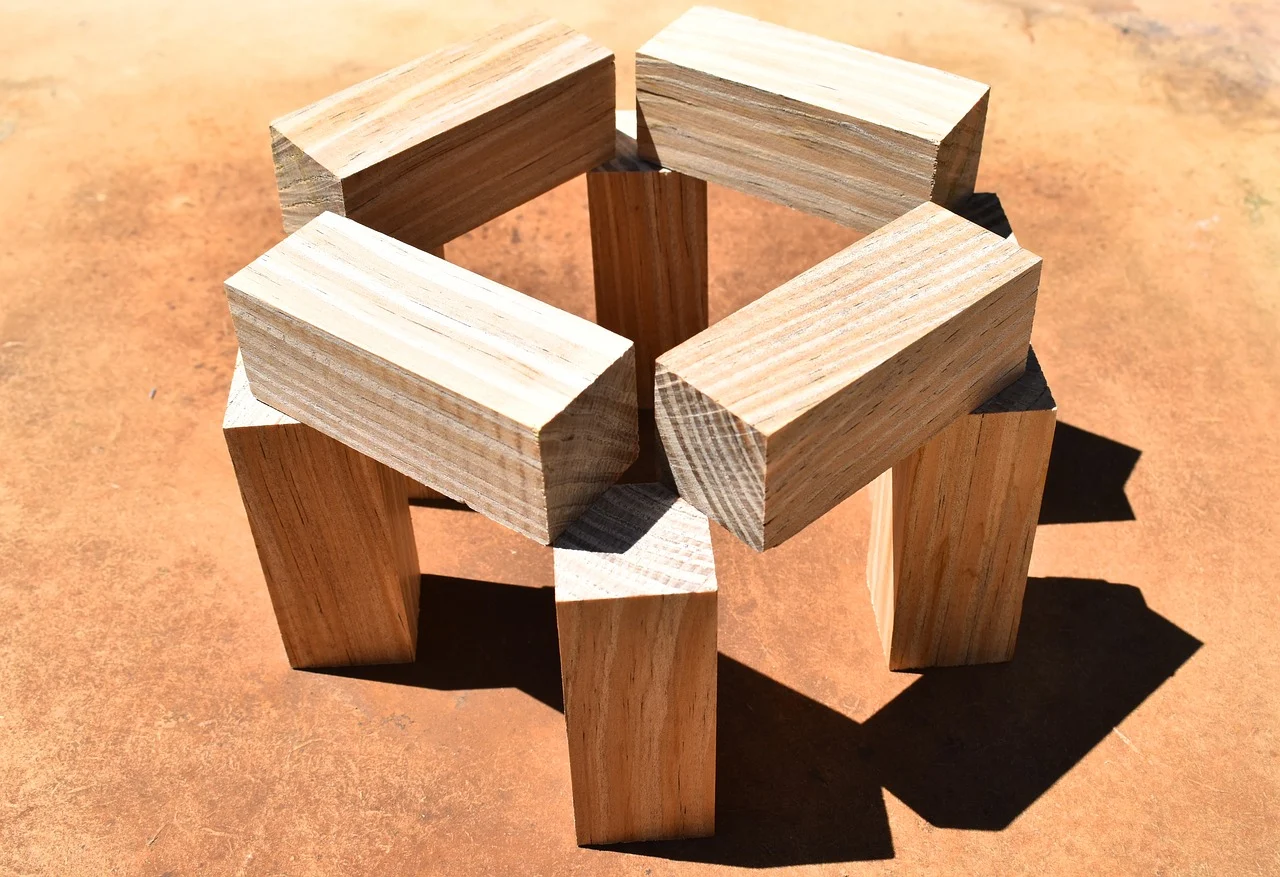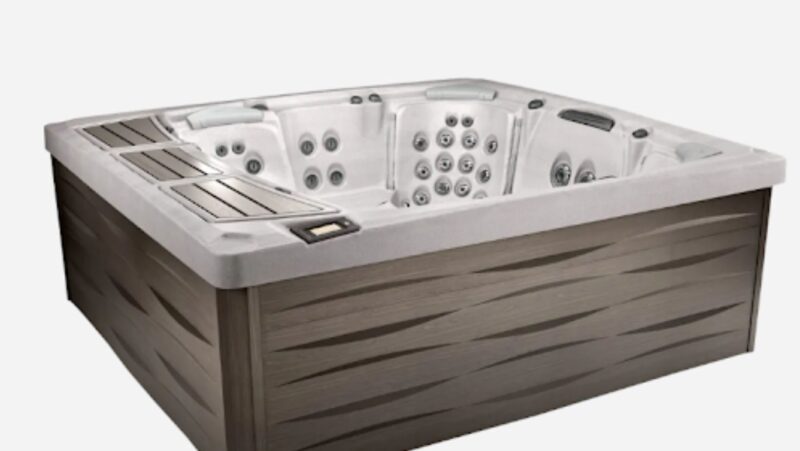
A standard woodturning lathe, while very useful for smaller spindles and bowls, can be a bit of overkill for some larger spindle work. However, making large dowels (such as the 8-1/2″ ones in this article) requires an accurate method of sizing them to your required length. This article will show you a method I used to make the dowels for my 8-1/2″ bowl.
steps
The first step is to get your rough stock, in this case 2ea 4x4x14 foot hardwood beams from a local sawmill. You can any type of hardwood or even softwood, although I would avoid softwood if you can help it because it will tend to crush more than hardwood.
Because I am using large beams, they will need to be ripped into narrower strips in order to get the best yield of dowel stock. So first step is to set up your table saw with a miter gauge and rip them down until you get the desired widths.
I ended up with 4 strips of wood, each 2″ wide by 14 feet long (not including the ends which will be trimmed off later). I want to end up with dowels that are just over 1/2″ in diameter so that they can easily fit into my chuck jaws. This will give me some wiggle room in case things get a little loose.
Once the strips are ripped down, then the ends need to be trimmed off (the bark is removed later when I get around to sanding them). The strip will be re-ripped into dowels so the final length should be about 8″ longer than you want your dowel.
The next step is to mark off the dowel centers on one of the pieces and rip them down, again using the miter gauge. After they’re cut, just stack them up and tape them together and you’re ready for sanding. The final size on these will be about 7/8″diameter by 14-1/2″ long.
Now that all the dowels are cut, it’s time to sand them. I have a drum sander on my lathe but if you don’t have one of those, just put together a simple jig as shown here and use your table or hand-held belt sander. Make sure they’re nice and smooth and straight and square so you get nice round dowels. Also, be careful when sanding the ends because if they’re over-sanded, the dowel center will not fit.
Once all these are done, take a sharpie marker and mark each end of each dowel with an “X” on one side which will be the bottom of the dowel. This way, when you’re drilling out the center, you won’t drill all the way through and come out with a smeared mess on your lathe tailstock (been there, done that).
Now these dowels need to be drilled out using a Forstner bit and a drill press or a milling machine. I have a cheap little RIGID drill press which works really well for this kind of work. You can use whatever you have available but make sure you use the correct size Forstner bit to start with (in my case, 7/8″).
The Forstner bit needs to be pressed down firmly into the dowel until it just touches the mark that you made on one end of the dowel. This is your starting point and from here, drill straight down into the center of the dowel.
Once you’re finished drilling out all the centers, then sand over them slightly to remove any little burs that may be left behind (you don’t want to wear out your spindle bearings on these).
Now comes the final stage of turning these dowels down to 7/8″ diameter and lasing them to length. I use a standard faceplate for this and simply put one (or two) dowels between centers and start sanding down the ends until they’re all uniform in size and all the dowel centers are flush or slightly recessed.












